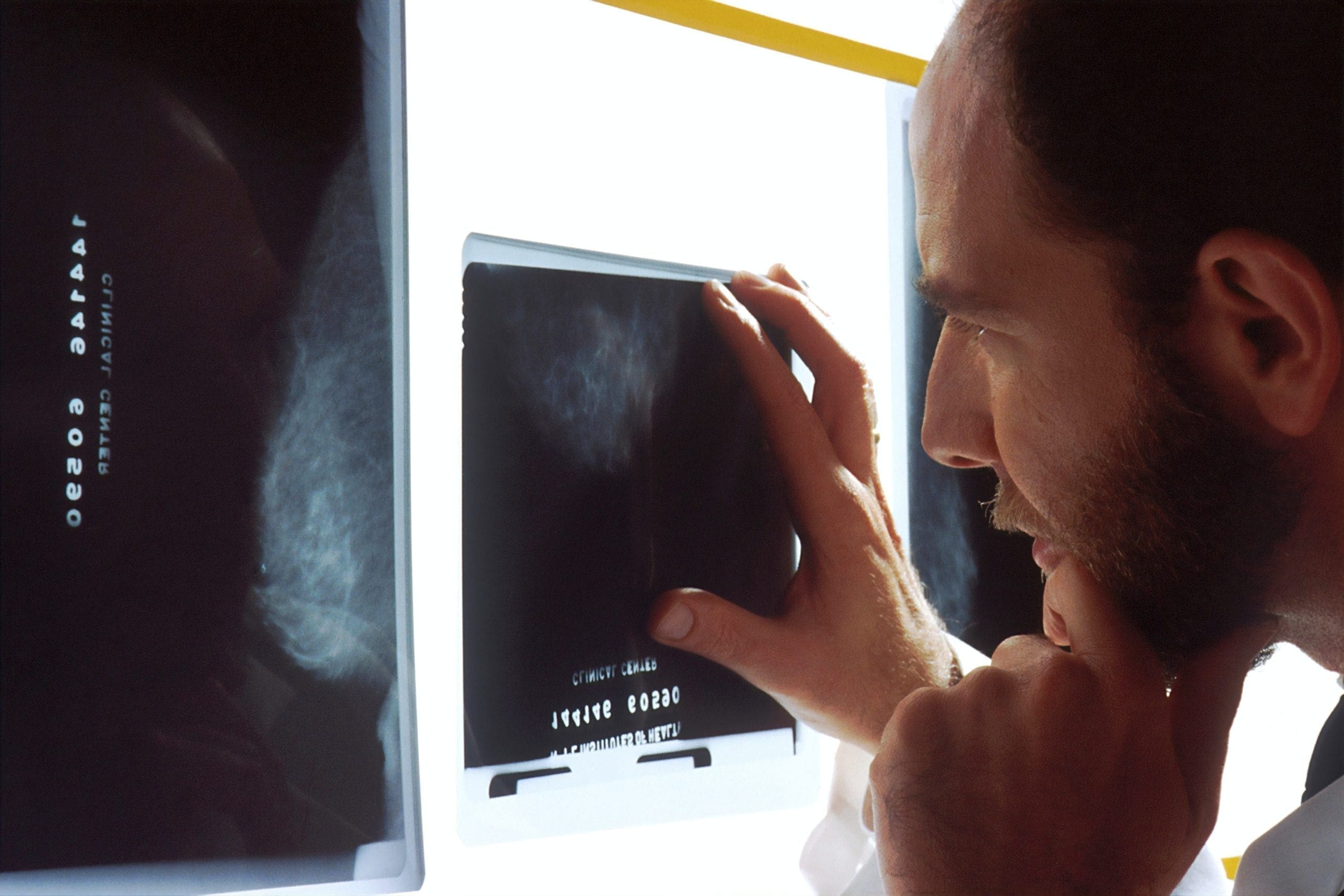
By Amy Burroughs for HealthTech
The human voice — an ordinary, familiar sound — is easy to take for granted.
But advances in natural language processing, or NLP, a branch of artificial intelligence that allows computers to understand spoken or typed remarks, are prompting healthcare organizations to leverage that field.
In areas such as voice-activated assistants and speech recognition platforms, NLP is creating better experiences by expanding patient access to information, cutting transcription costs and delays, and improving the quality of health records. Providers also report the tools can lower stress and allow more face time during appointments.
That’s because speech offers unique distinction. “It’s more detailed and nuanced, and it’s the more natural way to convey what you’re thinking,” says Dr. Genevieve Melton-Meaux, a professor of surgery and health informatics at the University of Minnesota.
The notion helped drive development of Livi, a smart assistant for patients at Aurora, Colo.-based UCHealth. The tool is integrated with UCHealth records to deliver custom support, providing test results and managing appointments and secure messaging with physicians, among other duties.
“The way people are using the technology — chatbots, virtual assistants, natural language processing — it’s all changing so fast,” says Nicole Caputo, senior director of experience and innovation at UCHealth, which also serves southern Wyoming and western Nebraska.
Livi, referred to using the female pronoun by UCHealth teams, responds to typed commands on computers, smartphones and tablets; wider voice functionality is being developed, set to join the many voice-driven efforts that could complement as many as half of all user experiences across industries by 2024, according to a recent IDC report.
Right now, Livi can accommodate several basic spoken queries as an Amazon Alexa skill, providing resources about UCHealth (finding the closest urgent care clinic to a person’s location, for example) and location-specific tips for healthy living via Amazon’s Echo family of smart speakers.
“Say you’ve just gotten your knee replaced and you’re looking for places to start hiking again,” Caputo says. “Livi can help you with that, along with helping you with your exercises to get there.”
Livi already has answered 255,500 queries for more than 80,000 users, with the ultimate goal of reducing burdens on UCHealth’s help desk and call center.
NLP Allows for Real-Time Records
On the provider side, natural language processing is transforming care through tools such as Nuance’s Dragon Medical One — a cloud-based, AI-powered platform that delivers real-time transcription to a patient’s electronic health record — and Dragon Medical Practice Edition, speech recognition software designed to serve the same function.
Concord Hospital, a 238-bed facility in New Hampshire, deployed Dragon technology as part of a move to Cerner’s Millennium EHR system. Clinicians can now provide dictation from any workstation or smartphone, says Garvin Eastman, an application analyst for the hospital.
Today, 610 Concord staffers, including about 130 nurses, use NLP tools — an adoption rate of nearly 90 percent. The use of phone-based transcription services, meanwhile, has dropped by 91 percent, saving more than $1 million.
Eastman attributes the success to clear expectations set by the leadership team and a thoughtful deployment that involved a pilot program followed by phased rollouts.
A need for efficiency fueled a similar initiative at Minneapolis-based Allina Health. Before adopting Dragon transcription tools, “it could be hours before your colleagues can read a note, know what you’re thinking and take action,” says Dr. David Ingham, medical director for information services at Allina.
As of December, more than 1,550 Allina providers and therapists were using NLP technologies, which saved about $250,000 in transcription costs that month alone.
Simple yet effective commands expedite workflows even more by executing common functions. “I can say, ‘Go to the most recent labs,’ and the computer will navigate there for me,” Ingham says. “I can say, ‘Order a basic metabolic panel,’ and it’ll tee that up.”
Adoption of NLP Can Require Some Adjustments
Despite their relative ease of use, voice-powered tools may require a pivot.
Concord Hospital uses a variety of virtual desktop infrastructure workstations, so implementation varied by location. “We really strove to get the nurses to do their work as similarly as possible so that we weren’t trying to come up with different workarounds,” Eastman says.
At Allina Health, a cloud-based NLP service runs inside the Citrix platform without needing extensive configurations, and it didn’t have to integrate with the Epic EHR solution — a major plus, Ingham says. Because users can access voice-driven functions inside Epic’s mobile apps, the experience is seamless.
The biggest challenges for UCHealth were organizing Livi’s back-end data and managing users’ expectations (retrieval of patient portal usernames and passwords is a common request that is currently under review).“You can research it, you can look and see how people are using other chatbots,” Caputo says, “but the best way to do it is to make sure you have your data set up, put it out there, see how people are asking questions and then pivot from there.
Voice-Powered Tools Help in Breaking Down Barriers
Measurable gains are important when assessing speech-driven tools, but providers say some of the most important value is personal.
“If we are spending our time typing, it’s less time to see patients, less time to be thinking about a case and working out problems,” Ingham says. “Collectively, that all is a factor when it comes to burnout.”
Ingham was skeptical at first, anticipating delays and errors, but he soon embraced the strengths and speed of NLP. “And I found my notes were a little more detailed, appropriately so,” he adds.
Thoughtful user input is crucial, notes Melton-Meaux, also the chief analytics officer at M Health Fairview University of Minnesota Medical Center.
“We have systems that can collect a lot of information — such as laboratory information and vital signs — and while that’s important, the richest and most interesting information is contained in the clinical notes,” she says.
Still, the efficiencies speak loudly. Concord nurses once shared notes via phone when moving a patient from the emergency department, Eastman says. Now, an ED nurse can dictate a report that is quickly ready and waiting.
Such gains extend beyond better patient care. A survey of Concord nurses revealed nearly 90 percent said the NLP platform improved job satisfaction.



